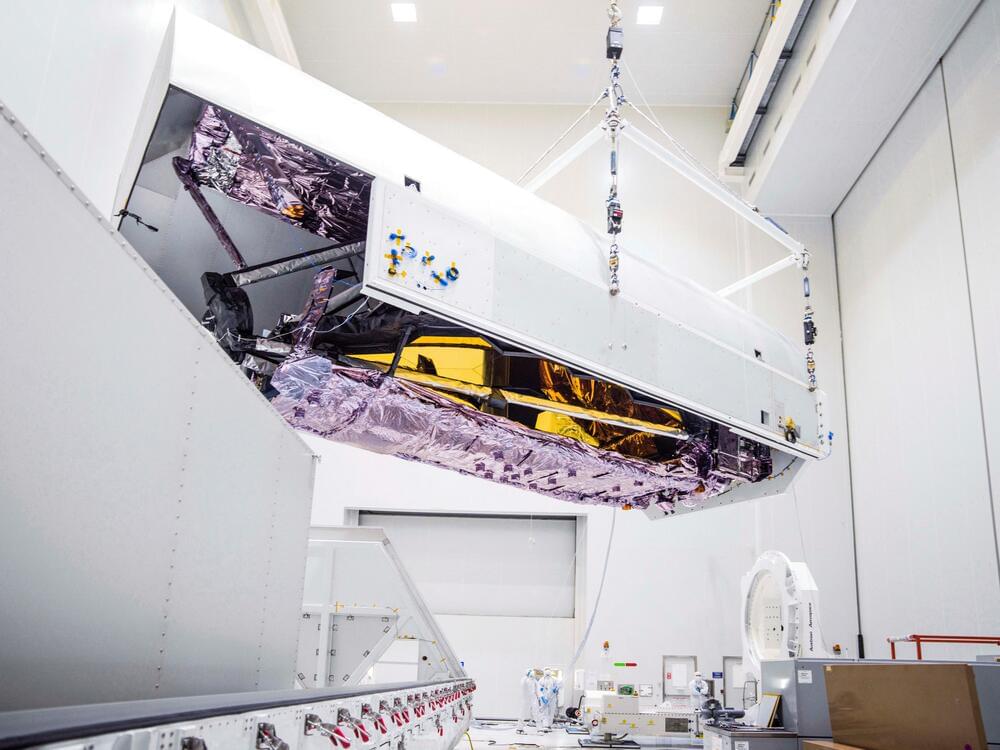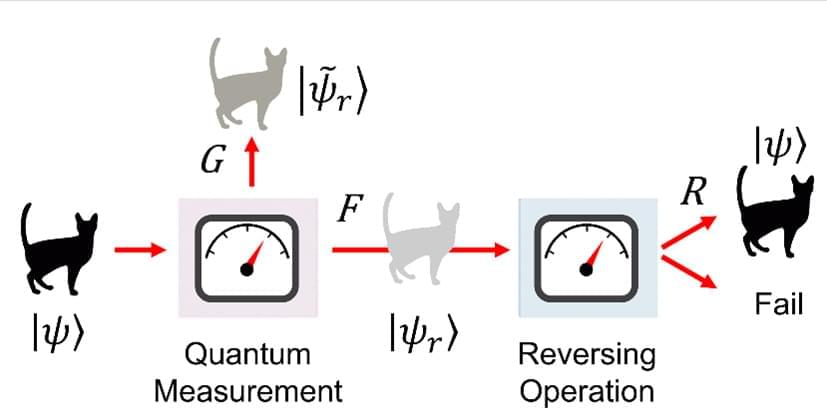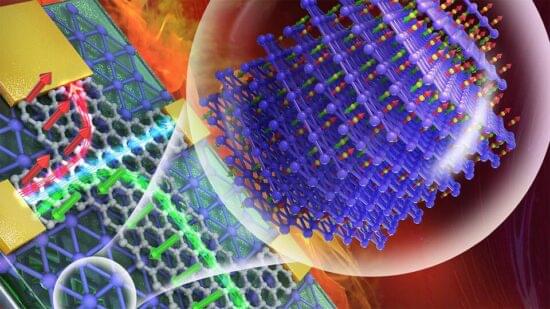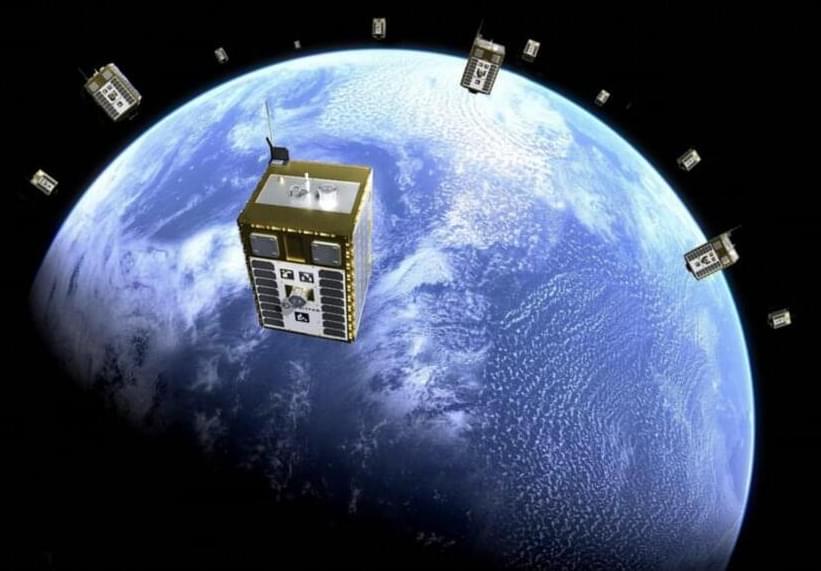The JWST has been gradually cooling down ever since its successful, but the telescope took a major step forward on that front when it its massive 70-foot sunshield at the start of the year. That component allowed JWST’s systems, including its critical Mid-Infrared Instrument (MIRI), to drop to a temperature of approximately minus 298 degrees Fahrenheit (or about minus 183 degrees Celsius).
Getting the JWST to its final operating temperature required NASA and the European Space Agency to activate the telescope’s electric “cryocooler.” That in itself involved passing a technical hurdle dubbed the “pinch point,” or the stage at which the James Webb’s instruments went from minus 433 degrees Fahrenheit to minus 448 Fahrenheit.
“The MIRI cooler team has poured a lot of hard work into developing the procedure for the pinch point,” said Analyn Schneider, MIRI project manager for NASA’s Jet Propulsion Laboratory. “The team was both excited and nervous going into the critical activity. In the end, it was a textbook execution of the procedure, and the cooler performance is even better than expected.”






